Hawaii Sheet Metal Workers Training Fund 1(808)841-6106
About HSMW
Hawaii Joint Apprenticeship Committee

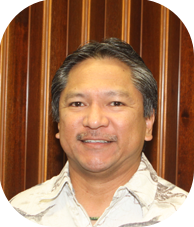

Arthur B. Tolentino
HSMW Business Manager/
Financial Secretary-Treasurer
HSMW - Local 293 - A.F.L - C.I.O
808.841.5078
808.841.1842
Rick V. Paulino
Joint Apprenticeship Committee
Ryan Loeffers
HSMW
Administrator
HSMW Adminstrative Office
808.841.6106
808.841.1842
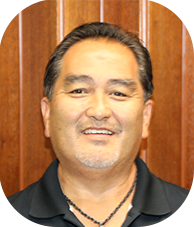
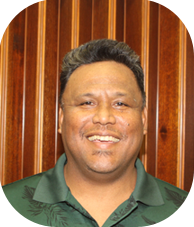

Burton Takafuji
HSMW
Apprenticeship Training
Hawaii Joint Apprenticeship
808.841.6106
808.841.1842
Regan Medeiros
Joint Apprenticeship Committee
Bryce Kawamura
Joint Apprenticeship Committee



David Parke
Joint Apprenticeship Committee
Jonathan Muratsuka
Joint Apprenticeship Committee
Aldon Kaopuiki
Joint Apprenticeship Committee

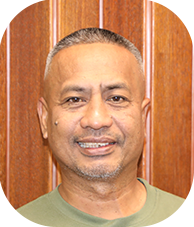

Darryl Kanno
Joint Apprenticeship Committee
Marstel Lopez
Joint Apprenticeship Committee
Kevin Hirayama
Sheet Metal Contractors Association

Our Mission
"We are committed to maintaining safe, comfortable, stable, desirable working conditions for our members. We strive to uphold our promise to protect and better serve our members, ensuring fair pay and quality training and education. We will continue to instill a deep sense of pride for everyone in our trade."

What We Do
The Hawaii Sheet Metal Workers' represents craft persons throughout Hawaii. HSMW serves those who perform architectural sheet metal work, fabrications, installation, residential work, industrial work, testing and balancing, servicing of heating, ventilating and air conditioning systems, and shipyard industries. Our union continues to maintain a positive reputation for our professionally trained work force that delivers excellence in workmanship, training, skill and integrity. We strive to be honest, trustworthy, productive and reliable, through our industry's code of excellence. A big part of HSMW is to provide opportunities for growth in the industry through training and education. In an industry that was only a few years ago low-tech has become high-tech and workers need to trained and educated with the new technology. The training and education is not only stressed for technology, rather on safety as well. Safety is a vital part of the industry and we want to keep our workers smart and safe.
We strive to be honest, trustworthy, productive and reliable, through our industry's code of excellence.
In the construction industry, Sheet Metal Workers are unique as we are the only trade to design, manufacture and install our own products. From installation to maintenance of heating, ventilation, and air conditioning duct systems; roofs; siding; rain gutters; downspouts; skylights; restaurant equipment; outdoor signs; customized precision equipment; and many other products, the Sheet Metal Workers have important jobs as they assemble and repair vital equipment or components for a variety of structures and mechanisms that need to be in excellent condition.

HSMW History

1888
Representatives from Peoria, IL; Kansas City, MO; Omaha, NE; Memphis, TN; Dayton, and Youngstown meet in Toledo, OH to form the Tin, Sheet Iron and Cornice Workers' International Association. The President was Archibald Barnes; Secretary was A.W. Chatfield; and Robert Kellerstrass was named Treasurer.

1897
Tin, Sheet Iron and Cornice Workers' International Association changed to the Amalgamated Sheet Metal Workers International Association
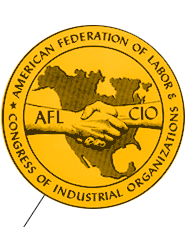
1899
First charter granted to the Union by the American Federation of Labor.

1901
Union membership reported at 5,581 with 108 Local Unions.
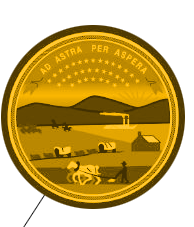
1903
Name changed to the Sheet Metal Workers' International Alliance. Headquarters established in Kansas
City, MO.

1922
The first air conditioning system for human comfort was used in a motion picture theater.
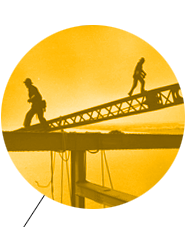
1924
Name changed to Sheet Metal Workers' International Association.
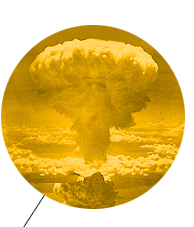
1942
During WWII, a number of Sheet Metal Workers were engaged in "secret work" associated with development of an
atomic bomb.

1952
First pension checks issued by Local 28 in New York City, NY. This program is a first of its kind in the building trades.

1955
December 14th, Local 293 is issued thier charter.

1956
January 14th, 1st meeting of Local 293 held. Called to order by AFL-CIO organizer A. S. Reile. 1st order of business - Nomination and election of officers for Local 293.
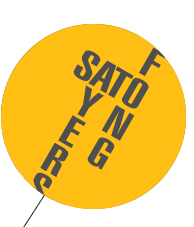
1956
July 19th, First apprentice committee appointed Titus Fong, Jack Sato & Anthony Ayers.
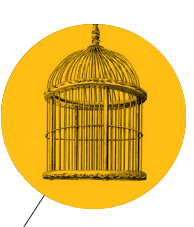
1956
December, All sheet metal workers represented by local 675 were released from their obligations to local 293.

1957
February 15th, Wages are at $2.60 per hour.

1957
August 15th, Wages increased to $2.85 per hour.

1958
Wages increased to $3.00 per hour and included in contract vacation, medical and four (4) holidays.

1959
February 1st, wages increased to $3.10 per hour and added to medical was the Coverage of all dependants.

1964
Start of pension fund.

1971
National Training Fund (now the International Training Institute) established 1971 — National Maintenance Policy Agreement established to promote labor management cooperation in the construction trades.

1974
10 Week strike, start of annuity fund, start of sasmi fund.
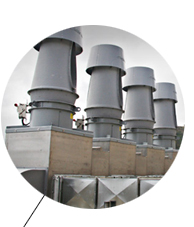
1981
National Energy Management Institute created in partnership with the Sheet Metal and Air Conditioning Contractors' Association (SMACNA).
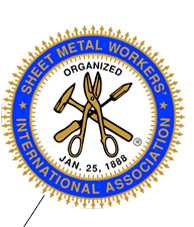
1988
Sheet Metal Workers' International Association celebrates 100th anniversary.

Union Facts
 Union members generally earn 27% more than their non-union counterparts, due to their collective bargaining nature. Union members generally earn 27% more than their non-union counterparts, due to their collective bargaining nature. |
 A vast majority of union members have employer paid health care for themselves and their families. A vast majority of union members have employer paid health care for themselves and their families. |
 Unions not only benefit the individual members. They also support and help the local communities by generating more revenue for the workers which in turns contributes to the schools, public works as well as other community programs. Unions not only benefit the individual members. They also support and help the local communities by generating more revenue for the workers which in turns contributes to the schools, public works as well as other community programs. |
 Many of the benefits that are provided to the union members today were unheard of until the advent and continuing efforts of the labor movement. Such benefits such as eight-hour day, overtime pay, health care coverage, social security, occupational safety laws, workers' compensation, minimum wage, retirement security, local living wage laws and unemployment insurance. Many of the benefits that are provided to the union members today were unheard of until the advent and continuing efforts of the labor movement. Such benefits such as eight-hour day, overtime pay, health care coverage, social security, occupational safety laws, workers' compensation, minimum wage, retirement security, local living wage laws and unemployment insurance. |
 During the American civil rights movement, union members stood side by side with Dr. Martin Luther King, Jr. who was killed while he was supporting a Tennessee sanitation workers' strike. During the American civil rights movement, union members stood side by side with Dr. Martin Luther King, Jr. who was killed while he was supporting a Tennessee sanitation workers' strike. |
 Unions have been a strong advocate of the working family. Thanks to unions, workers have had the option of working stable hours, which allowed them to provide family stability. Unions have been a strong advocate of the working family. Thanks to unions, workers have had the option of working stable hours, which allowed them to provide family stability. |
 Unions have been at the forefront of medical and family leave efforts that allow parents to stay home with their children or care for an elder. Unions have been at the forefront of medical and family leave efforts that allow parents to stay home with their children or care for an elder. |
 Today, the labor movement serves as a powerful voice for working families in the global economy. Today, the labor movement serves as a powerful voice for working families in the global economy. |
 Unions are fighting outsourcing and the exploitation of cheap labor overseas while curbing abuses of part time and temporary labor here at home. Unions are fighting outsourcing and the exploitation of cheap labor overseas while curbing abuses of part time and temporary labor here at home. |
 The labor movement is also working to stop corporate attacks on the 40-hour work week and paid overtime while defending Social Security, Medicare and protecting the rights of patients against the abuses of managed care programs. The labor movement is also working to stop corporate attacks on the 40-hour work week and paid overtime while defending Social Security, Medicare and protecting the rights of patients against the abuses of managed care programs. |
